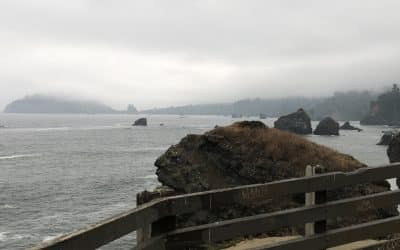Questions?
We are here to help! If you have any questions or need more information about renting our cottages, just fill out the form below. We will reply quickly.
TRANQUIL VACATION COTTAGES FOR RENT ON THE NORTHERN CALIFORNIA REDWOOD COAST
Idyllic hiking and biking trails, breathtaking mountains, redwoods, rivers, and wildlife MECCA. Panoramic ocean vistas and access to ten public beaches are near Golden Eagle Vacation Rentals. Our cottages border the beautiful Sue-meg State Park, located in beautiful Trinidad, a small fishing village on the Pacific Ocean. Nestled next to the pristine Pacific Ocean in Northern California, Golden Eagle Vacation Rentals is located at the epicenter of outdoor activities. There is a myriad of outdoor activities including boating, kayaking, beach combing, hiking, biking, wildlife galore, bird watching and whale watching.
We have created an atmosphere of tranquility at Golden Eagle Vacation Rentals that brings inner peace to people.The beautiful redwood forests, as well as the cool, coastal breeze breathe new life into you resulting in a renewed vigor. Our mission is always to provide our clients with a clean, luxurious and tranquil experience. Relax at our luxurious, reasonably priced cottages located minutes from the giant Sequoia Redwoods. Let go of your worries,stress and anxiety as you experience the beauty of nature in our cozy, comfortable and luxurious cottages.
Come Discover the Northern California Redwood Coast
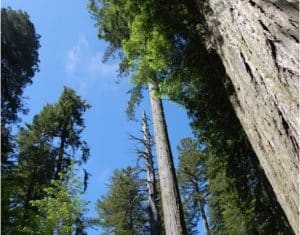

observe whales at Big Lagoon State Park.
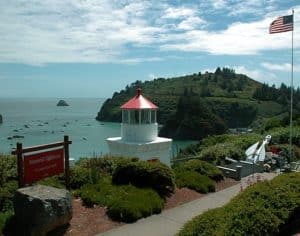
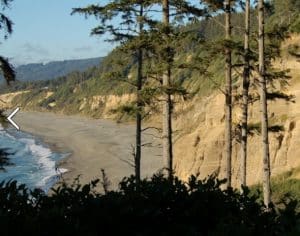

off the recently reconstructed Trinidad Bay Harbor pier. Bait and tackle are available at the pier.
Fresh seafood is prepared at the Seascape Restaurant, also located at the pier.
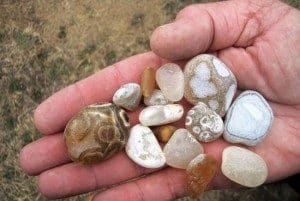
Big Lagoon is also visible from the top of Ceremonial Rock.
Comments From Some of Our Guests

“Thank you!! We had such a perfect time at your beautiful property.”
Faith A., New York, NY

“Thanks so much! We will definitely be back if we’re ever in the area!”
Crystal N., Woodridge, IL

“My wife and I really enjoyed our stay, we will definitely be back.”
Jonathon & Xochi Prock., Elk Grove, CA
What’s New In Our North Coast Blog:
Our Favorite Coffee Shop
Cafe Mokka (707) 822-2228 495 J StArcata CA Why would you go to a coffee shop for a bad back? The serene zen like garden atmosphere at Golden Eagle Vacation Rentals is evident at Cafe Mokka, formally named the Finnish Hot Tubs. This little gem resembles a traditinal...
Where to Find the Best Pizza
ACTIVATE your brain's pleasure center with a bite of pizza pie!Why is the Margherita Pizza the 'Mother Of All Pizzas'? Why is Pepperoni Pizza America's most popular number-one Pizza? Is Honolulu where Hawaiian Pizza originated? From antiquity, ancient cultures have...
Luffenholtz Beach and Overlook
Walk 50 feet and see our World! This is one of the lesser known beaches in the area but is well worth seeing. From the parking area it is a short walk down a sandy path to a truely incredible vantage point. You can look north to Trinidad head and south to the...



